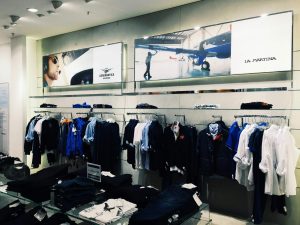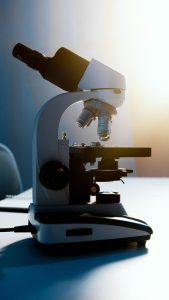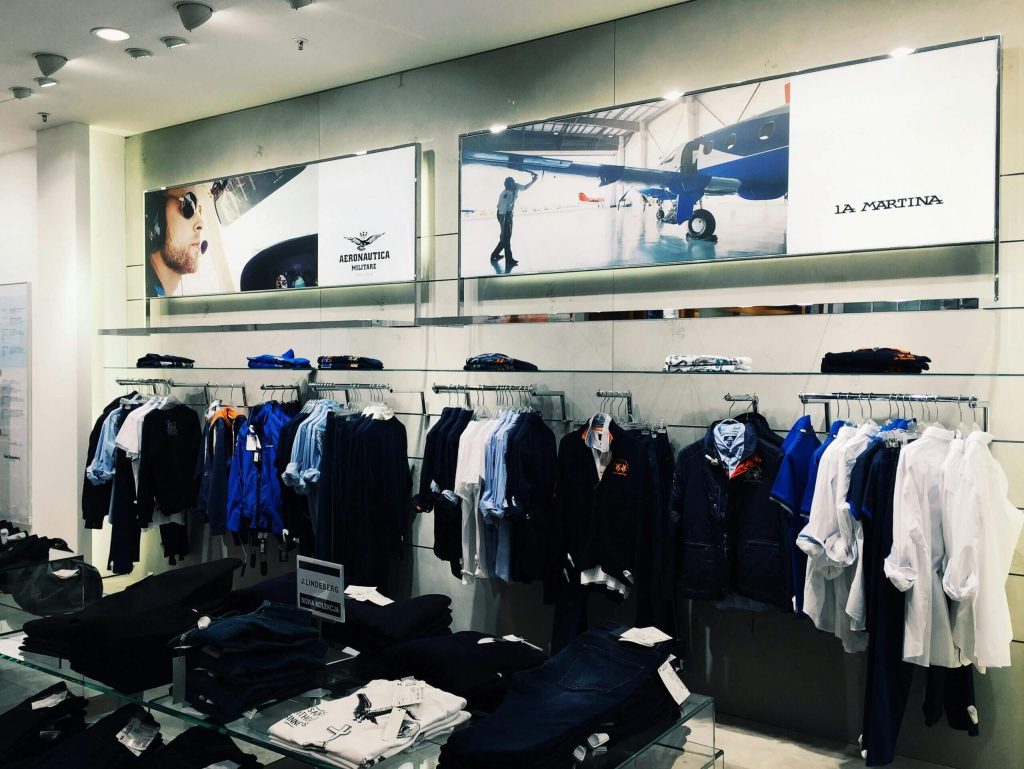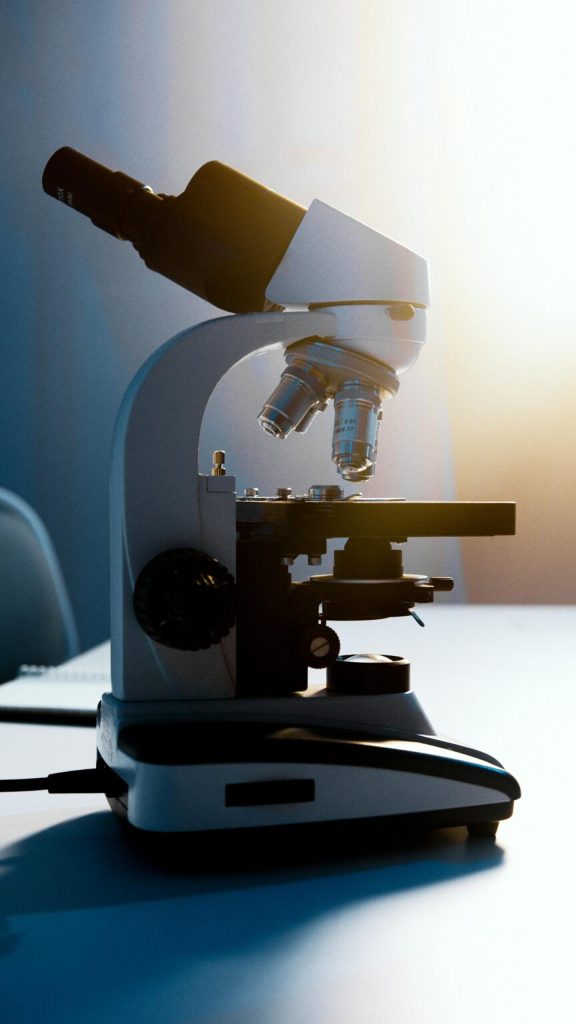The depth of imagination
Live out your life.
Pioneering the Next Generation of Solutions
Innovation at Every Step

Shaping the Future with Breakthroughs
Research and Development
Most successful companies reinvest 3-6% of net sales into Research and Development. The amount reinvested is not really related to the size of the company, but it is often related to the type of industry. Generally manufacturing (electronics included) is at the low end of the scale with 3-4%, while pharmaceuticals, for instance, typically revinvests 15% of net sales in R&D. To put some scale on these numbers, in 1998 Proctor and Gamble had sales of $38US billion, and reinvested 4.5% in R&D – that is: $1.7 billion, a rank of 21st largest investor in the US (Source: Jagers gamble Economist magazine October 28, 1999)
The amount reinvested into Research and Development is often an indicator of where the company is (or believes they are) on the technological wave. Companies that are at the forefront of exploiting new technology, the leading edge, usually invest more. More often though, the spend is part of company culture – companies in precisely the same industries may each invest double or half the normal amount in R&D.
The quality of the spend probably accounts for just as much as the actual amount. Some companies do not have the best environment to foster creativity among their own staff (see our comments on creativity and inspiration). Other companies have cultures that stifle innovation and prevent new ideas from getting to market quickly. Other companies have a significant aversion to risk – rather than a calculating acceptance that some new products while fail, while others succeed. There is a whole consultancy business built around telling directors where their companies have gone wrong, and it is quite certain that there is no single simple way to do it right.The more original a discovery, the more obvious it seems afterwards –Arthur KoestlerPerhaps the best approach is to focus less on the company, and more on each specific project. Each project will have requirements which may be best met by in-house personnel, contractors, subcontractors or a mix of these. The project may be best handled within the established, tiered R&D department management, or as a seperate innovation team – perhaps even housed in a physically separate location to the existing company. The project risk and return on investment should be evaluated in isolation from other company activities.
Some of the most interesting small companies are those that have one core product that has made them successful (unkindly, they might be labeled one hit wonders). Moving on from this position is quite a challenge. Usually the best that can be done is to better exploit the existing market with new products, or move the old product into a new market. The worst that can happen is the company owner believing that he has what it takes and that every product he tries will be just as successful as the first one.
Some small companies avoid developing new products that they see as competing with what they already make. There is certainly a case for reducing duplicated effort, and also for ensuring that a new project does not take too many resources away from an existing project – however, to make your own competing product can be a most successful avenue for some small companies. Its a lot better than your real competitors developing the same thing!
Choosing R&D on a project by project basis rather than trying to steer an overall company direction makes other decisions much easier, also. Larger companies continuously have to decide if new developments are part of their core business, – and if it fits company policy of specialization or not. Years ago, Nokia used to make many products, including rubber boots and toilet paper.Everything that can be invented has been invented –Charles H. Duell, Commissioner, U.S. Office of Patents, 1899The myth of sunk costs. Electronics R&D projects (and even more so, programming) are very difficult to budget for. The engineers joke that the management set wish-based deadlines, and the management joke that the engineers will always take one (arbitrary) unit of time longer than the deadline, no matter how much time they are given. However, in some projects the (lack of) progress gets beyond a joke. Its not always (or even often) the fault of the people involved. Unfortunately there is risk involved in any R&D project, and it seems that the main risk encountered is not that the project will fail to work, but that it cannot be made to work within a reasonable length of time. The best approach is an honest, pragmatic re-evaluation as if a new project was being started to build on top of the work already completed. It is usually not opportune to either start a witch hunt, or, conversely, to reason we cant stop now, look, we have $5,800,000 invested already.Theres no point in putting whipped cream on manure — John Madden

Fashion Industry
Where Style Meets Science

Fashion Industry

Medical Industry
Innovating for Better Health

Medical Industry

Retail
Redefining the Future of Shopping

Retail
Fashion Industry
Our R&D team is at the forefront of fashion innovation, blending sustainable practices, smart textiles, and advanced design techniques to create cutting-edge solutions. We are committed to developing eco-friendly materials, integrating wearable technology, and leveraging digital tools to redefine the future of fashion. Through continuous exploration and technological integration, we set new standards in style, quality, and functionality.

1. Sustainable Fashion Innovation
In our R&D division, we are committed to pioneering sustainable fashion by developing eco-friendly materials and processes. Our focus is on reducing environmental impact while maintaining high-quality and stylish designs that resonate with modern consumers.
Features
- Sustainable
- Eco-friendly
- Innovation
- Materials
- Quality
2. Smart Textiles and Wearable Tech
Leading the charge in the fusion of fashion and technology, our R&D team designs smart textiles and wearable tech that enhance functionality without compromising style. From responsive fabrics to integrated electronics, we are shaping the future of fashion.
Features
- Smart textiles
- Wearable tech
- Responsive fabrics
- Integrated electronics
- Future
3. Advanced Design Techniques
Our R&D efforts focus on advanced design techniques that leverage 3D printing, AI-driven design, and digital fashion tools. By integrating these technologies, we create innovative and customizable fashion solutions that set new industry standards.
Features
- Advanced design
- 3D printing
- AI-driven
- Digital fashion
- Customizable

Medical Industry
Leading the way in medical innovation, we develop advanced treatments and technologies that revolutionize patient care and improve health outcomes worldwide.
1. Revolutionizing Healthcare
Our R&D division is revolutionizing healthcare through cutting-edge research and innovative solutions. We focus on developing advanced treatments and technologies that enhance patient care, improve outcomes, and push the boundaries of medical science.
Features
- Cutting-edge
- Innovative
- Advanced
- Patient Care
- Outcomes
2. Pioneering Medical Breakthroughs
Dedicated to pioneering medical breakthroughs, our R&D team leverages the latest scientific discoveries and technological advancements to create transformative solutions. We are committed to tackling the most pressing healthcare challenges and improving the quality of life for patients worldwide.
Features
- Breakthroughs
- Scientific
- Transformative
- Challenges
- Quality of Life
3. Advancing Medical Innovation
At the heart of our mission is advancing medical innovation. Our R&D efforts are focused on discovering new therapies, enhancing diagnostic methods, and developing state-of-the-art medical devices that drive the future of healthcare and set new industry standards.
Features
- Innovation
- Therapies
- Diagnostic
- State-of-the-art
- Healthcare
Innovating the Future of Retail
Our R&D team is at the forefront of retail innovation, developing cutting-edge technologies and sustainable solutions to enhance customer experiences and streamline operations. By integrating advanced data analytics, AI, IoT, and eco-friendly practices, we create personalized shopping experiences, improve inventory management, and promote sustainability. Our efforts are dedicated to transforming the retail landscape and driving the industry forward.

1. Personalized Shopping Innovations
Our R&D team is revolutionizing retail by developing cutting-edge personalized shopping experiences. Through advanced data analytics and AI-driven insights, we create tailored solutions that enhance customer engagement and satisfaction.
Features
- personalization
- data analytics
- AI-driven
- customer engagement
- tailored solutions
2. Smart Retail Technologies
We drive retail innovation by integrating smart technologies that streamline operations and enhance customer experiences. From IoT-enabled inventory management to automated checkout systems, our solutions make retail smarter and more efficient.
Features
- smart technologies
- IoT
- inventory management
- automated checkout
- efficiency
3. Sustainable Retail Solutions
Our R&D efforts focus on developing sustainable solutions for the retail industry. By leveraging eco-friendly materials, optimizing supply chains, and reducing carbon footprints, we aim to create a more sustainable and responsible retail environment.
Features
- sustainability,
- eco-friendly
- supply chain optimization
- carbon footprint
- responsible retail